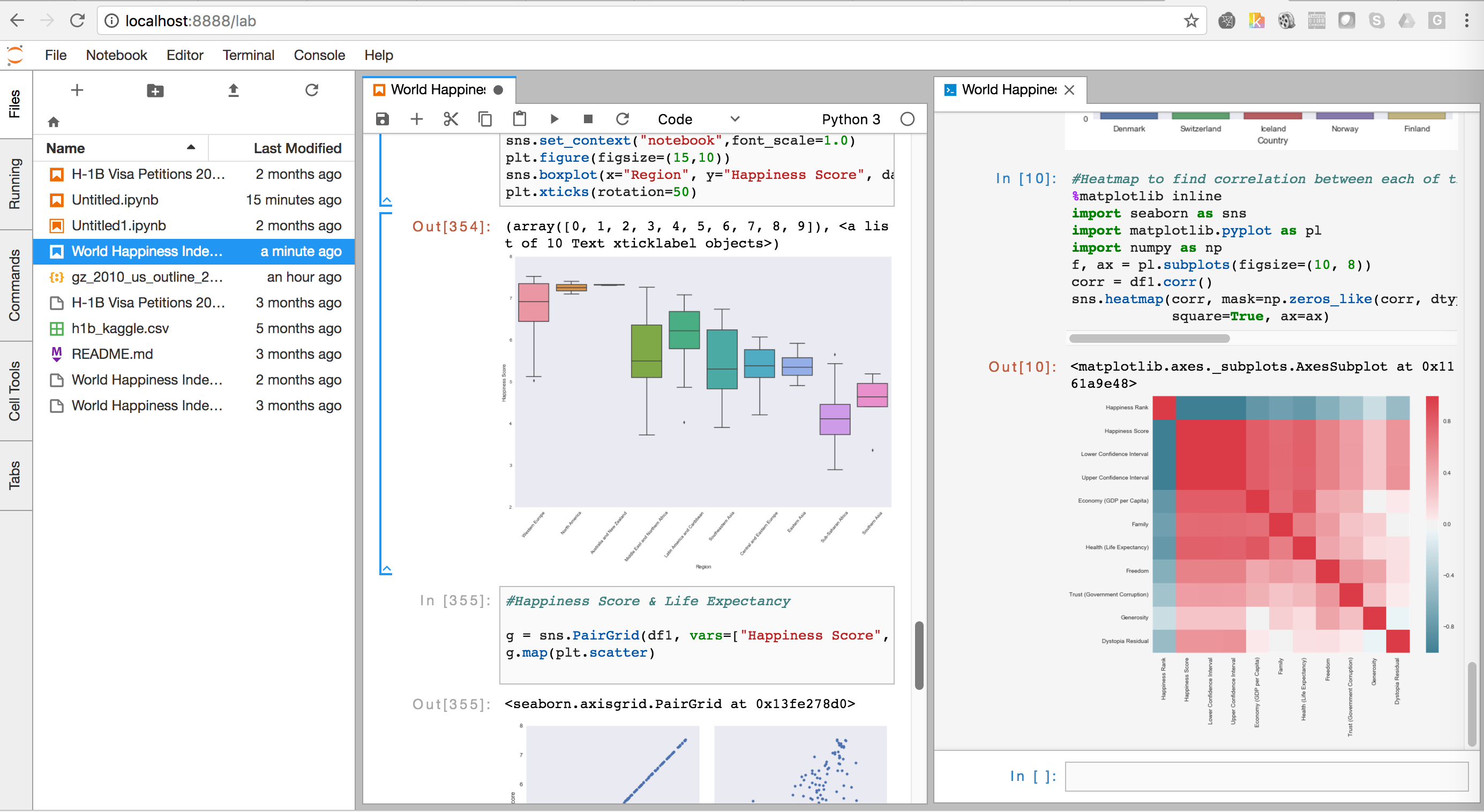


If you receive an error when installing a package, you can try two things: Just like installing a package, I think it’s a good idea to be explicit about which environment you are removing the package from and which channel to use. conda remove numpy -n base -c conda-forge Here is an example of removing a package. Removing a package is just as easy as installing. You can list all the packages currently installed like this: conda list Remove a package However, I think it’s a good idea to be explicit here. Without specifying this flag, the package will be installed in the active environment. The -n flag specifies which environment the package will be installed in. conda install numpy -n base -c conda-forge In this example, I am installing NumPy from the community-driven conda-forge channel. You can specify different channels with the -c flag. This is important because not all packages are in the default channel. Packages are downloaded from remote channels, which are URLs to directories containing packages. Instead, you can specify multiple packages at once. You don’t have to install one package at a time. This lets you know whether you want to install or not.
#Conda jupyterlab how to
Here is how to install NumPy: conda install numpyīefore the installation begins, it always prompts which dependencies will be installed and which packages will be upgraded or downgraded.

You can install packages with the conda install command followed by the package name. Miniconda is extremely minimalist and requires you to install the packages you need, not just commonly used packages like NumPy. Miniconda puts you in control and doesn’t install unnecessary packages for your needs, which may come with a full-blown Anaconda installation. This article will outline everything you need to know to install and use Miniconda to create and manage custom environments, install packages, and move these environments to remote computers. With conda, you can create an environment on your local machine and seamlessly copy it to large shared high-performance computers (HPC). You can create separate environments for each project and easily share your environment with others for easy reproducibility. Miniconda allows you to create customized environments by installing additional packages from the thousands of additional packages. Miniconda is a minimal conda installer including only Python, conda, and its dependencies.


 0 kommentar(er)
0 kommentar(er)
